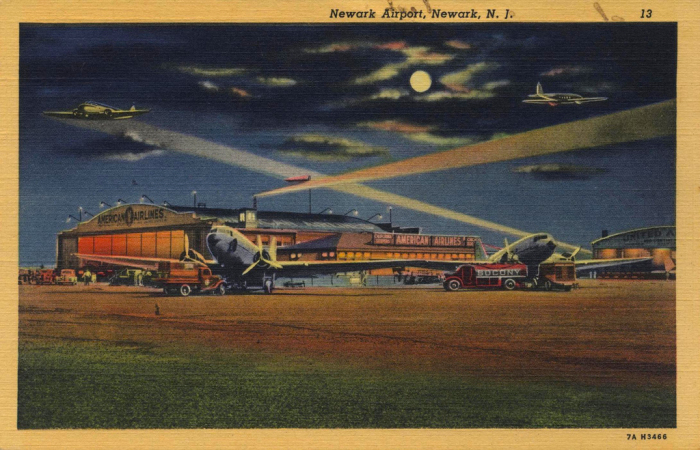Normally I don’t like to visit the same subject two weeks in a row, but a brief conversation with the FAA this week and a couple interviews for an upcoming article got me to thinking about drone safety once again.
I called Les Dorr at the FAA to ask him about the agency’s recent warning to drone operators. Because of a large spike this year in the number of pilots who’ve reported seeing UAS near their aircraft, the agency wants drone operators to know that flying too close to manned aircraft can result in the FAA levying civil and criminal penalties.
The FAA’s concern is understandable, although it begs the question: How successful has the agency (or anyone else, for that matter) been in catching and taking action against reported violators? After all, in 2014 and this year, there have been nearly 900 pilot reports. But after saying that the FAA has initiated more than 20 enforcement cases, Dorr added: “Several of the cases involve UAS operating near other aircraft.”
Dorr explained how difficult it is to actually catch a drone operator flying in restricted airspace, even when a pilot report is fairly specific. By the time the FAA notifies the proper local law enforcement agency and an officer can be sent to the area, there’s a good chance the offending party will no longer be there. And even if he or she is, it’s often difficult to spot the drone pilot from the ground.
So the likelihood of a UAS airspace violator getting caught and suffering the consequences is quite low. As with Internet communications, anonymity has a tendency to cause people to say and do things that they usually wouldn’t. As long some—probably a few—UAS pilots know that there’s little chance of getting caught, they don’t feel compelled to observe airspace restrictions.
And that leads me to another discussion I had this week with Paul Jauregui of the Praetorian Group and Chris Eyhorn with DroneSense. Praetorian—a security firm—and DroneSense—a UAS startup company—partnered on a project to survey how many electronic devices in Austin, Texas, are connected to the Internet. A sensor developed by Praetorian was installed on an unmanned aerial vehicle (UAV) owned and operated by DroneSense, which flew it over sections of Austin.
Essentially, the drone-mounted sensor interrogated the Internet-connected devices through the ZigBee Wi-Fi standard they use. Using this data, Praetorian created a map showing the types of devices and where they’re located. This data can help Praetorian develop better methods to keep Wi-Fi networks secure.
What does this have to do with UAS safety and catching irresponsible drone pilots in the act? If an airborne sensor light enough to be carried by a small UAS can obtain information from an Internet-connected device the size of a lightbulb in a building on the ground, why can’t similar technology be used to link a drone to its owner?
It occurs to me that we have the technology to help solve the UAS safety problem. Every UAV sold should be equipped with an embedded chip that contains an electronic ID number registered to the aircraft owner. The information should be uploaded to an FAA database.
A sensor similar to the one Praetorian has developed could be installed on commercial aircraft operating in high-traffic areas or be made available to law enforcement agencies. At the touch of a button, the sensor would record the UAV’s ID number, as well as the time of the contact and the GPS coordinates of where it occurred.
Would UAS operators be as bold about pushing the regulatory envelope if they knew there was a good chance the FAA or a law enforcement operator might coming knocking on their doors? I think not.
http://www.uasmagazine.com/blog/article/2015/08/knock-knock-your-uav-was-there







